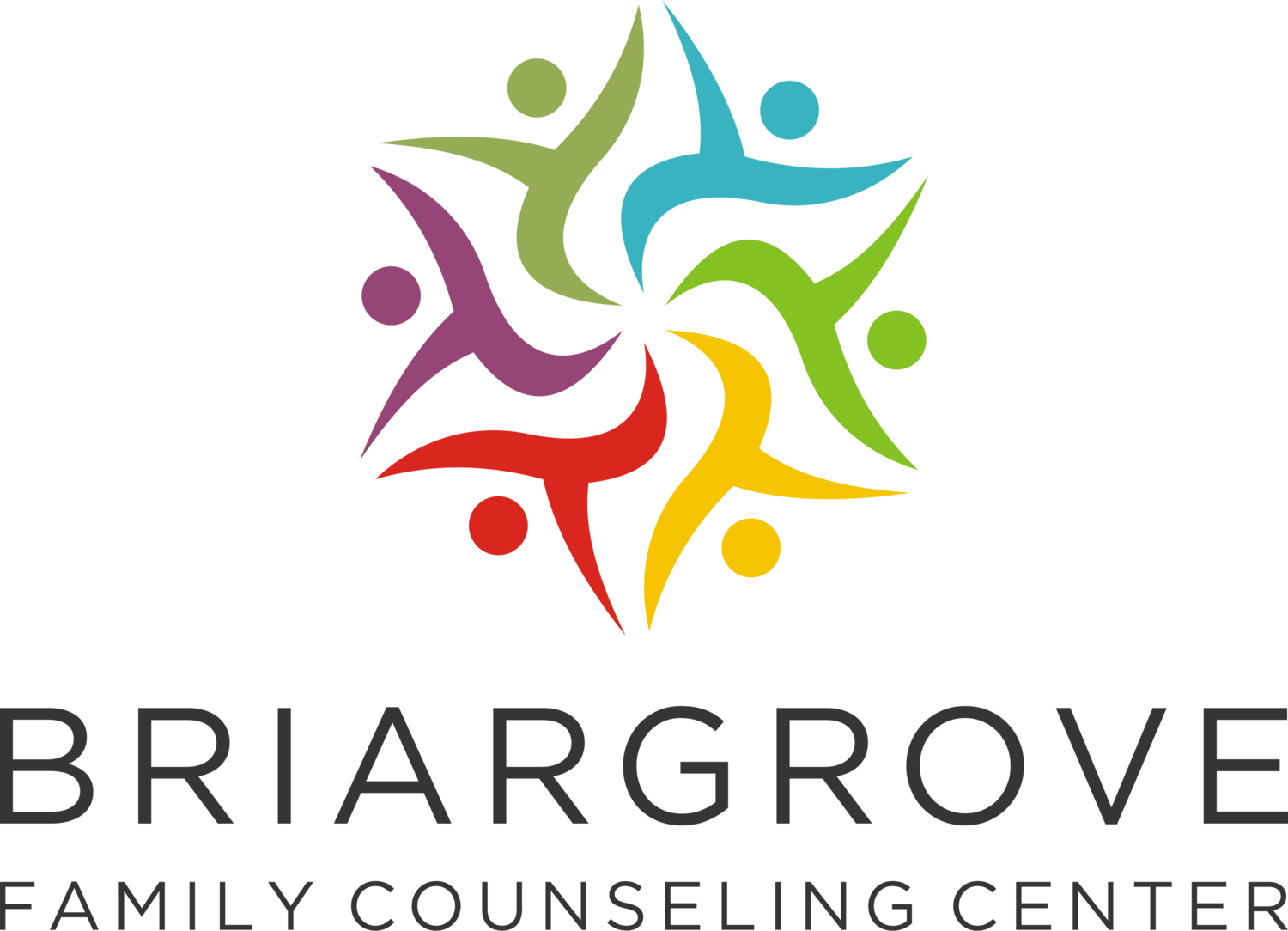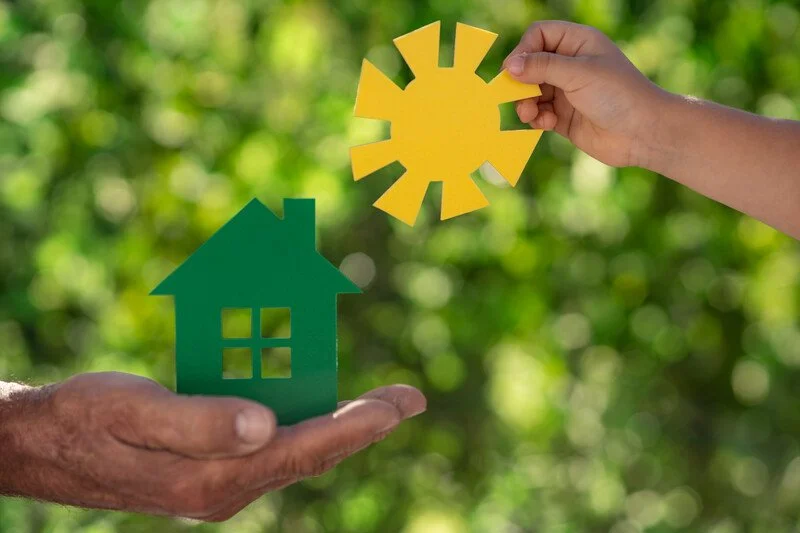How Family Environment Affects Your Self-Care and Well-Being
We generally think of self-care more individualistically. It’s the way “I” take care of myself and includes several domains of well-being such as physical, social, emotional, and psychological care. Getting enough exercise, eating healthy, maintaining connections with family and friends, pursuing personal and professional goals, having hobbies, etc. However, researchers are shifting the way self-care is looked at and are demonstrating that our environment and family relationships have a significant impact on our self-care and human well-being.
What is self-care?
Self-care always has to do with activities and behaviors that help us maintain a healthy balance and keep us safe. With self-care, we develop and sustain our minds, bodies, and our emotions. We care for our physical health by exercising, keeping good hygiene, and fueling our bodies with good nutrition. It includes regulating our emotions, growing in self-awareness, engaging in religious or spiritual practices, living according to our values, and spending time in nature. Howevever, researchers Nissa Yaing Torres-Soto, Víctor Corral-Verdugo, and Nadia Saraí Corral-Frías have expanded self-care to include a more social and ecological focus and state that self-care is a, “ set of behaviors that help sustain a positive environment wherein individuals who take care of themselves can aid in maintaining the positivity of the environment.”
“A set of behaviors that help sustain a positive environment wherein individuals who take care of themselves can aid in maintaining the positivity of the environment.”
What is a positive family environment?
A family can be considered to have a positive environment if it
allows for the physical and psychological needs of all its members to be met and
encourages the care of the environment in which these needs are met.
Why the change in the definition? Researchers state that the environment creates the backdrop for the needs of the family to be met and so it makes sense that the family maintains the environment in order for it to do so. The way a family works together to solve problems, communicates, and emotionally cares for one another matters because it contributes to the social part of this backdrop. It includes parenting styles, intimacy, and the capacity for conflict management. The physical dimension of the environment includes the overall comfort of the home such as cleanliness level, lighting, temperature, warmth, noise, and space. This environment influences stress, conflict, and well-being levels. Let’s look at an example. Say, a family of five just moved from one city to another. Some members are excited and others are devastated. One parent is looking for a job while the other works remotely. One kid is a senior in high school and the other two are in middle school. The house is a great deal smaller than the previous home; so, only the essentials have been unpacked while other boxes fill the bedrooms, storage areas, and garage to be addressed later. They are mostly eating take-out because it’s convenient. Tack on a broken water heater and a history of avoidance of problems in the family and you’ve got yourself a recipe for a negative family environment that heavily affects the family’s self-care practices.
What is human well-being?
Human well-being is our own evaluation of how well we are doing in our lives. It includes our aspirations and fulfillment of goals and our assessment of ourselves socially, emotionally, and physically. A high level of well-being looks like practicing self-acceptance, finding fulfillment in life, and establishing positive relationships with others and their environment.
So, how do these work together?
In a positive family environment, we experience higher levels of well-being and are more likely to care for ourselves and our environments. The way we care for ourselves affects our well-being. If we rate ourselves higher on the well-being scale, we tend to engage in healthier practices and lead longer lives. We also tend to take care of the greater ecological environment too as a direct result of self-care and overall higher levels of well-being. Low self-care is associated with lower experiences of pleasure, higher levels of burnout, and traumatic stress symptoms.
In our family scenario, time plays an important factor in determining overall well-being. If in a period of a few days or a week, parent #1 has the water heater fixed, parent #2 found a job and the family has a party to unpack all the boxes together. (All forms of self-care!) The impact on overall well-being will probably lessen and would stimulate the self-care of all the members. However, if it lasts several months or even a year, imagine what might happen to the senior’s sense of well-being.? Does it cause their future plans to change? Do they feel less capable of achieving them because they aren’t joined by the same social support? If their parent can’t find a job, does this mean they won’t be able to after graduation? Will they want to take care of themselves by meeting new friends or trying out for teams? If the water heater takes longer, what does this mean for the senior’s hygiene? How does the family then relate to this senior? Are they met with support or criticism? Does this cause disconnection or connection with parents? What messages are the middle school kids getting about hygiene then? Are they still eating take-out every night?
It is essential to recognize self-care practices from a socially interdependent perspective, not just individual commitment.
How to improve the family environment?
Practice Emotional expression and encourage actions that yield positive ones
Spend quality time together
Create a family mission statement and set family goals
Practice pointing out the strengths of the family as a whole and those of each individual member
Learn more about healthy practices like exercise, recreation, hygiene, and good nutrition and engage in them as a family
Maintaining a clean environment and if necessary developing a chore chart
References: Torres-Soto, N. Y., Corral-Verdugo, V., & Corral-Frías, N. S. (2022). The relationship between self-care, positive family environment, and human wellbeing. Wellbeing, Space and Society, 3, 100076.

